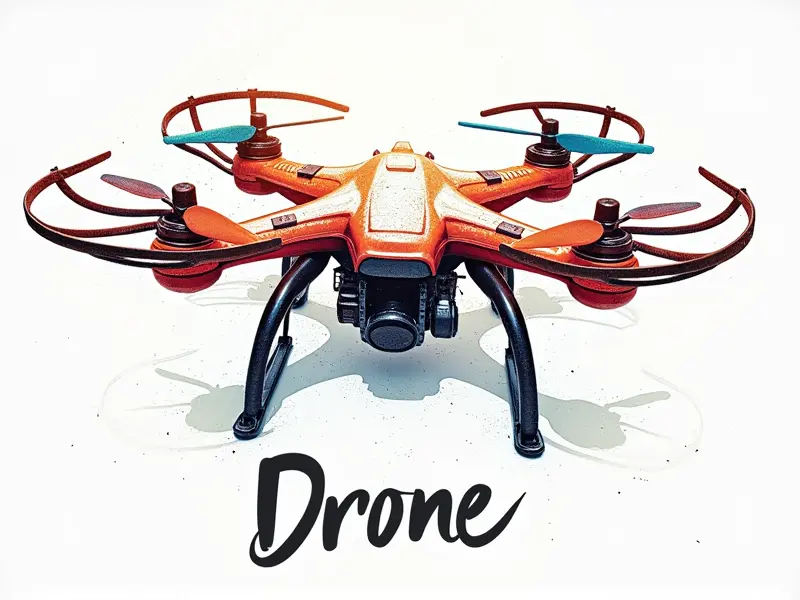How do drones take photos?

How Drones Capture Stunning Photos
Drones have revolutionized the way we capture aerial photography, offering a unique perspective that was once only possible with expensive helicopters or airplanes. Modern drones are equipped with high-resolution cameras and advanced stabilization technology, allowing users to take stunning photos from above.
Mastering Aerial Photography with Drones
To master aerial photography using drones, it's essential to understand the basics of drone operation and camera settings. Familiarize yourself with your drone’s flight controls and learn how to adjust exposure, ISO, shutter speed, and aperture for optimal image quality.
Tips for Perfect Drone Camera Shots
- Plan Your Shot: Scout the location beforehand and plan your shots based on lighting conditions and subject matter.
- Use a Tripod: Attach a tripod to your drone for added stability, especially when shooting in low light or windy conditions.
- Experiment with Angles: Don't just shoot straight down; try different angles to add depth and interest to your photos.
Best Angles for Drone Photography
The best angles for drone photography depend on the subject matter. For landscapes, a low-angle shot can emphasize the vastness of the terrain, while a high-angle shot can provide an overview of the entire scene. Experiment with different heights and perspectives to find what works best.
Secrets of Professional Drone Photography
Professional drone photographers often use advanced techniques such as HDR (High Dynamic Range) imaging and panoramic stitching to create breathtaking images. They also pay close attention to composition, ensuring that each shot tells a story or captures the essence of the location.
Top Settings for Stunning Drone Photos
- ISO: Keep ISO as low as possible to minimize noise and maintain image quality.
- Shutter Speed: Use a faster shutter speed in bright conditions to avoid overexposure, and slower speeds for motion blur effects.
- Aperture: Adjust the aperture to control depth of field. A wider aperture (lower f-number) creates a shallow depth of field, while a narrower aperture (higher f-number) increases sharpness across the frame.
Essential Gear for Amazing Drone Photos
In addition to your drone and camera, consider investing in accessories such as extra batteries, memory cards, lens filters, and a remote control with adjustable range. These tools can enhance your photography experience and help you capture the perfect shot.
Drone Photography Composition Basics
Composition is key to creating visually appealing drone photos. Follow basic principles like the rule of thirds, leading lines, and framing to guide viewers' eyes through the image. Experiment with different compositions to find what works best for your style.
Beginner's Guide to Drone Imaging
If you're new to drone photography, start by practicing in a controlled environment before venturing out into more challenging locations. Learn about flight regulations and safety guidelines to ensure both your equipment and yourself remain safe during flights.
Capturing Landscapes with Your Drone
Landscapes are one of the most popular subjects for drone photography due to their vast scale and beauty. Focus on capturing the unique features of each location, such as mountains, lakes, or forests, using techniques like aerial panoramas and HDR imaging.
The Art of Aerial Photography with Drones
Aerial photography is an art form that requires creativity and technical skill. By combining your artistic vision with the capabilities of modern drones, you can create stunning images that showcase the beauty of our world from a unique perspective.
Conclusion
Drones offer unparalleled opportunities for capturing breathtaking aerial photos. Whether you're a beginner or an experienced photographer, mastering drone photography requires practice and patience. By understanding your equipment, experimenting with different techniques, and adhering to safety guidelines, you can create stunning images that showcase the beauty of our world from above.

